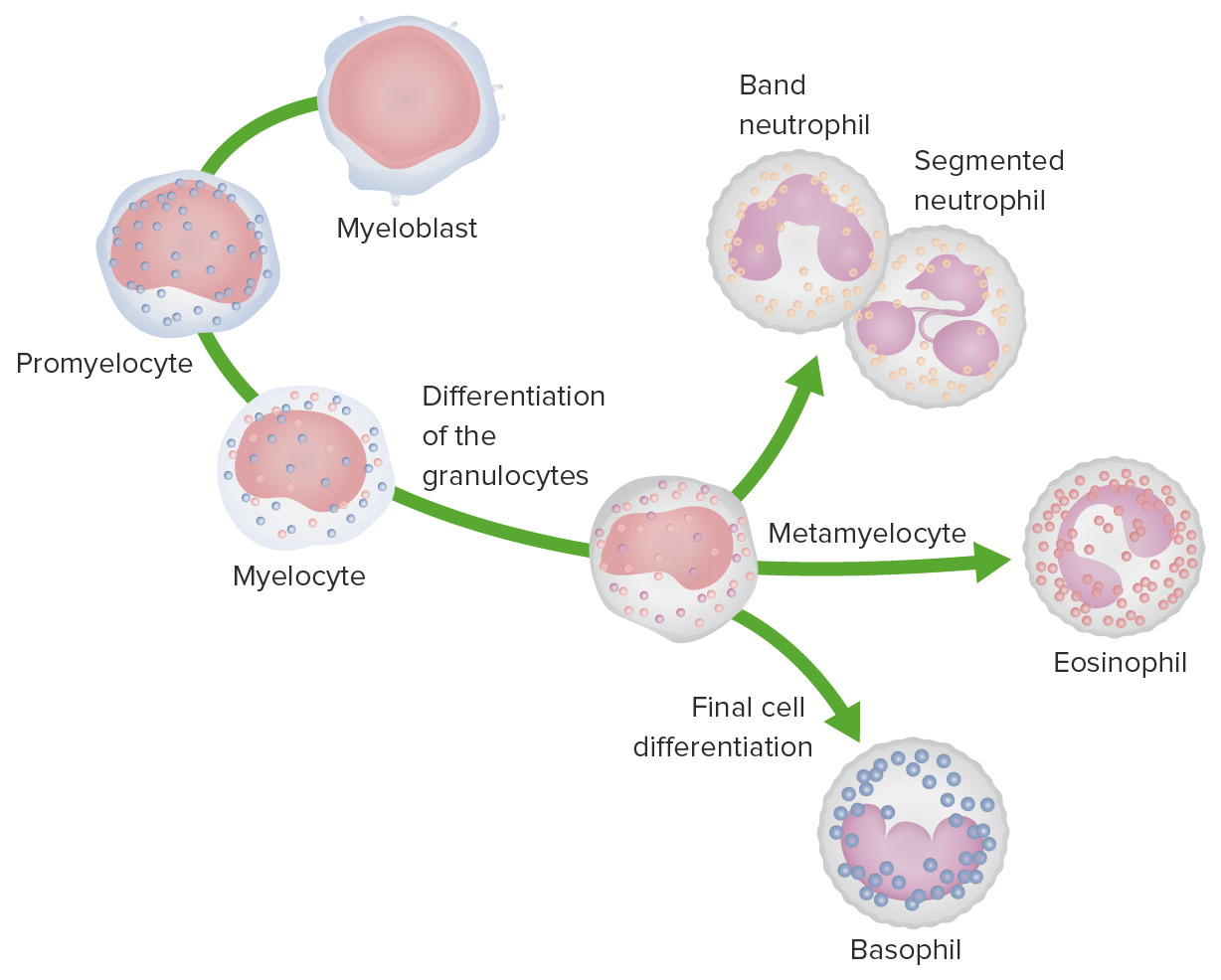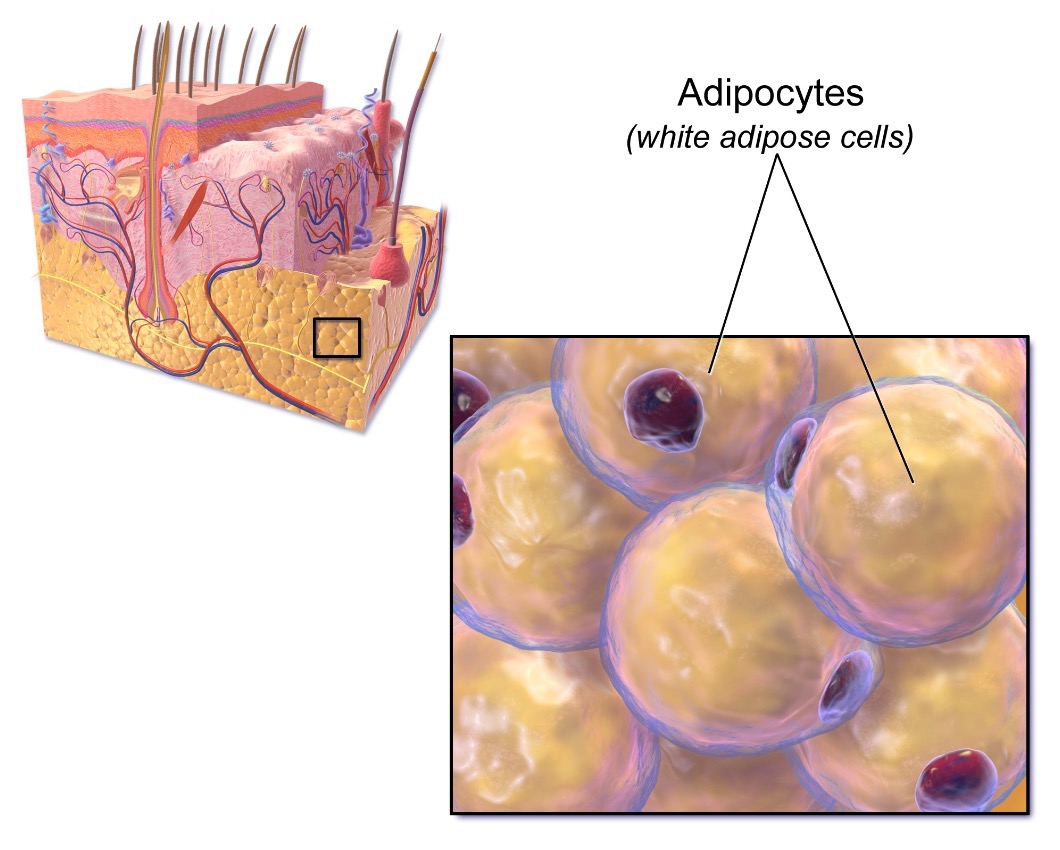Playlist
Show Playlist
Hide Playlist
Cells: Macrophages
-
Slides 04 Types of Tissues Meyer.pdf
-
Reference List Histology.pdf
-
Download Lecture Overview
00:01 one you see in this main image here. Well let's move on now and have a look at the macrophage. 00:03 Macrophage is a very important cell in connective tissue and also in other parts of the body, that we will see and learn about as we move through this histology course. They are phagocytes, meaning they wander through tissues and they mop up cell debris. They can mop up rubbish that is produced by the cell and exocytosed by the cell. They are street sweepers in the body, just like the street sweeper that wanders around and mops up the debris in our streets, macrophages wander through connective tissue and mop up all the rubbish and debris. 00:48 And you can see them here in this spread of connective tissue. They have, at the electron microscope level, very fine little pseudopodia or extensions and that enables them to wander through the tissue and grab hold or endocytose all the components of the cell debris. And then, they ingest that debris and they have lysosomes within them and they break all the debris down. Well normally, macrophage is very hard to identify. So histologists used a very very clever technique to find them and to show them in histological sections. In this image, this section has been taken from an animal that is being injected with a vital dye such as trypan blue or even carbon particles. So now you can see the macrophages because you can see the ingested carbon particles or blue dyes that has been used or injected into the animal, prior the animal being sacrificed and the tissue processed. On the small top image, you can see macrophages and they have a very firm appearance. And this represents the digested debris inside their cytoplasm. Sometimes macrophages are called phone cells. They get called many names and I will introduce you to those names as we move through this histology course. One very important job of the macrophage is that it has on its surface special proteins. 02:34 The major histocompatibility complex too is on the cell membranes of these macrophages. 02:42 So when these macrophages meet a foreign cell and ingested and break it down, the macrophages then expose antigen on the surface of these major histocompatibility complex proteins. 03:00 And that alerts these antigens to the T-cell. The T-cell can then identify these antigens and then start or initiate an immune response against these foreign cells, foreign antigens. 03:15 So macrophages, we are going to come across a lot when we look at histology of tissues and all the organ systems. They are very very important cell.
About the Lecture
The lecture Cells: Macrophages by Geoffrey Meyer, PhD is from the course Connective Tissue.
Included Quiz Questions
In a macrophage, which of the following fuses with a phagosome to digest its contents?
- Lysosome
- Endoplasmic reticulum
- Nucleus
- Mitochondria
- Peroxisome
Major histocompatibility complex II normally occurs on which of the following cells?
- Macrophages
- Neutrophils
- Erythrocytes
- All white blood cell
- Platelets
Which of the following cells commonly recognize antigens presented by antigen-presenting cells coupled with major histocompatibility complex molecules?
- T cells
- Neutrophils
- Basophils
- Megakaryocytes
- Eosinophils
Which of the following cells of the immune system may have pseudopodia?
- Macrophages
- Mesenchymal cells
- T lymphocytes
- Neutrophils
- Fibroblasts
Customer reviews
5,0 of 5 stars
| 5 Stars |
|
1 |
| 4 Stars |
|
0 |
| 3 Stars |
|
0 |
| 2 Stars |
|
0 |
| 1 Star |
|
0 |
Thanks doc, very useful for my exam that is coming up





